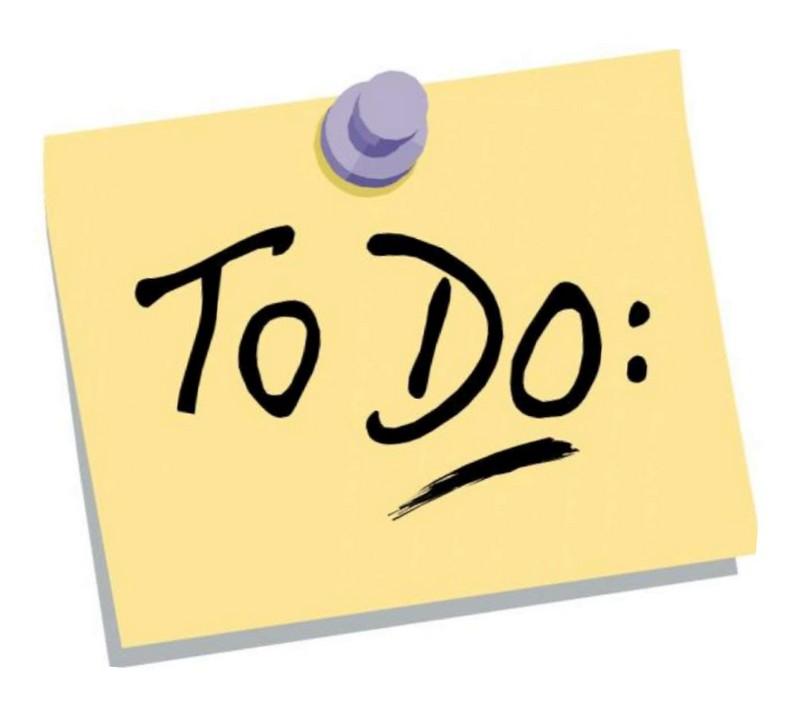
1 minute read
Confrontation Techniques
① Identify and clarify differences.
② Directly, openly, and matter of factly, let the person know when you’re confronting him or her and why.
Advertisement
③ Diffuse anger by not taking it personally.
PEP2 Facilitator’s Module 8 (Handling Problems), p. 8.12.

Example #4 (Eric)
A third-year medical student is spending the month of May with you in your office. His histories and physical exams are of reasonable quality, but he shows little interest in obtaining or discussing any psychosocial history. He says that he will take call if required but would prefer to sleep. How would you handle this attitudinal problem?


See Slide Notes
PEP2 Facilitator’s Module 8 (Handling Problems), p. 8.16.
What challenges have you experienced with “Problem Learners” and what solutions have you found?


Summary
① Share and clarify expectations at the start of the clinical rotation.

② Ask the learner to regularly self-assess.
③ Communicate regularly with the learner and the program.
④ Use the “ABCs of Handling Problems.”
⑤ Apply “appropriate” confrontation strategies when needed.
⑥ Problems will still occur but having a systematic and timely approach can help keep small problems small.




